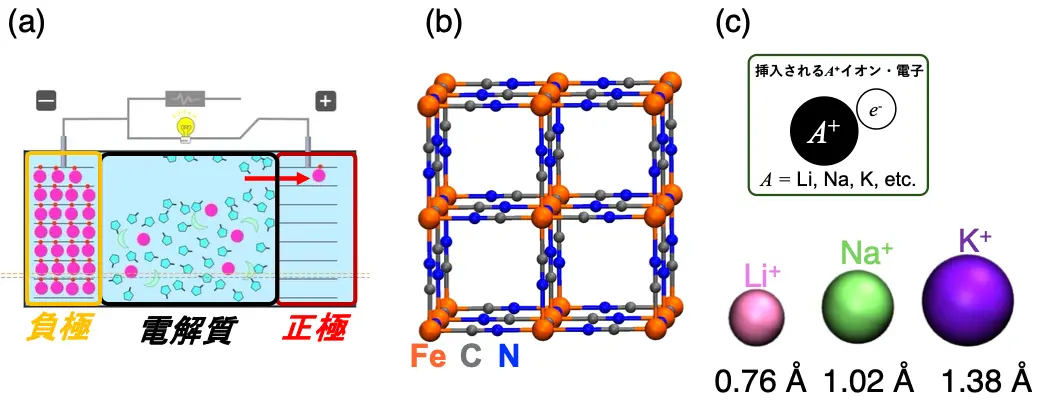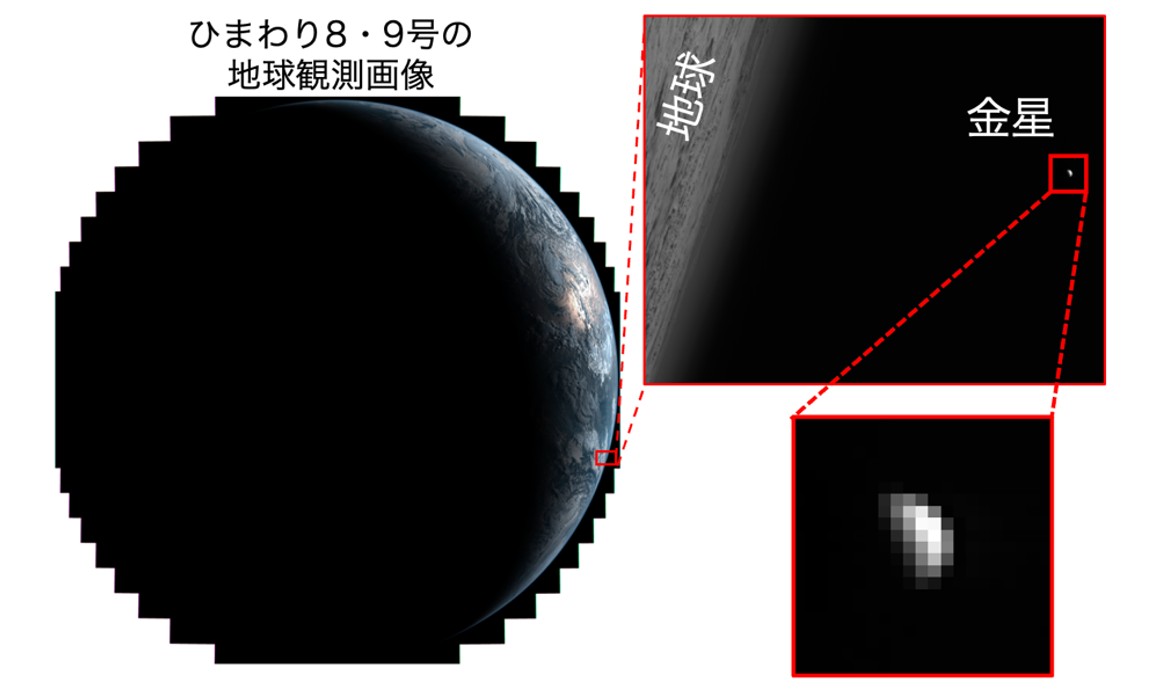2025-07-01 早稲田大学

図 開発手法による単結晶性ナノ多孔体生成の様子
<関連情報>
- https://www.waseda.jp/inst/research/news/81316
- https://pubs.acs.org/doi/10.1021/acs.chemmater.5c00155
ナノ空間におけるFeCl3前駆体の拡散と酸化によって調製された準単結晶逆オパールα-Fe2O3 Quasi-Single-Crystalline Inverse Opal α-Fe2O3 Prepared via Diffusion and Oxidation of the FeCl3 Precursor in Nanospaces
Daichi Oka,Kohei Takaoka,Atsushi Shimojima,Takamichi Matsuno
Chemistry of Materials Published:June 30, 2025
DOI:https://doi.org/10.1021/acs.chemmater.5c00155
Abstract
Ordered nanoporous metal oxides have attracted considerable attention for their broad applications across fields, such as energy materials, catalysts, sensing, and biomaterials. Iron is an abundant metal on Earth, and iron oxides are used in various applications, including catalysts, electrodes, magnetic devices, and sensors. Controlling the porous structure and crystallinity of the pore walls is crucial to improving the performance. However, the preparation of nanoporous metal oxides with precisely controlled structures from the atomic to the nanoscale range remains a significant challenge. In this study, we report the preparation of quasi-single-crystalline inverse opal α-Fe2O3 with an average particle size of ∼1.1 × ∼1.6 μm via oxidation of the hydrated FeCl3 precursor in the interstitial nanopores of assembled silica nanospheres under an air atmosphere. Heated iron chlorides inside the template cause nucleation and crystal growth of α-Fe2O3 via FeOCl by vapor phase transport. As a result, we obtained nanoporous α-Fe2O3 with a larger and more uniform crystallite size than that prepared using the previously reported Fe(NO3)3 hydrate precursor. The quasi-single-crystalline nanoporous α-Fe2O3 exhibited higher catalytic activity in the photo-Fenton reaction and higher thermal stability compared to the conventional nanoporous α-Fe2O3 composed of nanocrystals.



